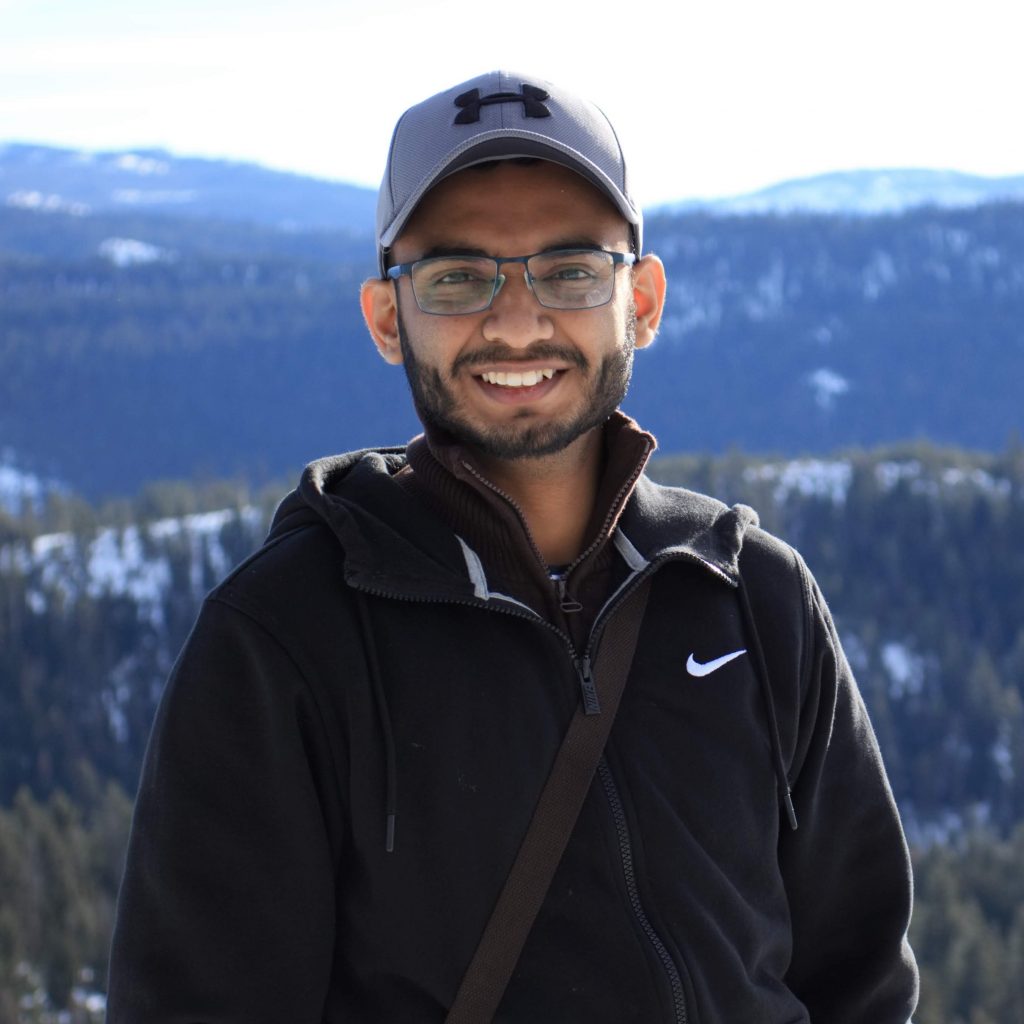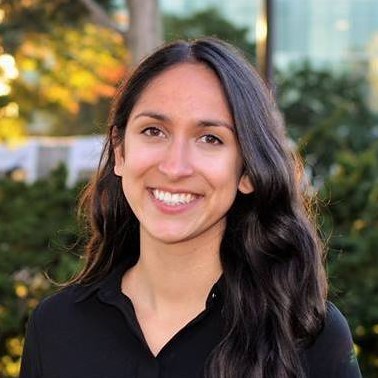The Skills Exchange event will share the expertise of passionate presenters in an engaging online format. The topics at this year’s canPOM will cover both technical and non-technical skills that are relevant to students and researchers across sub-disciplines of photonics!
Kaustubh Vyas, Ph.D. Student, University of Ottawa
Introduction to semiconductor device Nanofabrication (from fab to lab)

Semiconductors devices are all around us, from a laser pointer to a smartphone processor and even the most sophisticated medical instruments, all of these are made of semiconductor materials fabricated on a chip to perform some specific functions. But what goes into making such devices? What instruments are needed to fabricate structures at the micro/nanoscale?
In this talk, we are going to discuss the subtleties of working on such a small scale. We will try to understand the physics and principle behind some of the million-dollar tools used in the ‘cleanroom’ to fabricate photonic nanostructures. We will also go over the do’s and dont’s and the best practices to fabricate photonic devices.
Kaustubh (Twitter: @kaustubhvyas95) is a 4th Year Ph.D. student at the Department of Electrical and Computer Engineering under the supervision of Professor Ksenia Dolgaleva, with research expertise including photonic device nanofabrication using III-V semiconductors for nonlinear optical processes such as FWM, SHG, THG, 2d Photonic crystal structures, and nonlinear properties of III-Nitrides.
Leanne Dias, R&D Engineer, Ansys Lumerical
Introduction to the integrated photonics ecosystem

This presentation will provide a general introduction to integrated photonics and its overall ecosystem, including an overview of the industry and the development process for integrated circuits, from design to simulation, layout, fabrication, and testing. Here, we will demonstrate an accurate yield analysis of photonic circuits through a layout-aware circuit simulation, which showcases the connection between the different aspects of the design cycle and demonstrates how simulation plays a critical role in the whole process. For those who are not familiar with the field or are new to it, this presentation will provide some background information and resources to help them get started. For those who are already familiar with the field, the discussion and demonstration of layout-aware circuit-level tools can help designers ensure that they are using the latest technologies available, allowing them to take their designs to the next level.
Leanne Dias completed her MASc at the University of British Columbia with a focus on photonic integrated circuit (PIC) design, and her work is focused on PIC ecosystem development. At Ansys Lumerical, she is involved in generating compact model libraries calibrated to foundry processes.
Frédéric Venne, Patent Agent, ROBIC
Patenting light

Many misconceptions gravitate around the patent system. The objective of this presentation is to discuss some of the most common stigmas associated with patents, such as: what is a patent agent, what is the purpose of a patent, what are the criteria to obtain a patent, and what is the best timing to file a patent?
After a brief overview of the patent world, we will present an interactive exercise during which we will draft portions of a patent application in real-time.
Frédéric Venne is a patent agent at Robic. He specializes in the drafting and prosecution of patent applications and in providing opinions in the field of physical sciences, including optics and photonics, condensed matter physics, nanotechnology, green energy and materials science.
Frédéric Venne completed a Bachelor and a Master’s degree in Engineering Physics at École Polytechnique de Montréal. His graduate studies were in the field of near-infrared photosensitization of nanostructured metal oxides by upconverting nanoparticles.
Mikhail Kats, Associate Professor, University of Wisconsin-Madison
Twitter and other online adventures for scientists

Social media platforms like Twitter and LinkedIn and other similar online venues offer plenty of opportunities for researchers to showcase their work, get instant feedback, ask technical questions, learn about opportunities, and build a community. However, many scientists, both early-career and established, are uncomfortable and/or unwilling to engage the community outside of well-established venues such as peer-reviewed journals, academic conferences, and the occasional university press release.
In fact, the discomfort of some scientists to engage on social media is often warranted, because fully public platforms with algorithmic amplification provide many opportunities to be misunderstood or taken out of context. In this Skills Exchange, I will discuss my experience and try to distill advice for scientists for building a community and identity online.
Mikhail Kats (Twitter: @mickeykats) is Jack St. Clair Kilby Associate Professor at the Department of Electrical and Computer Engineering at the University of Wisconsin-Madison, with affiliate appointments in the Departments of Physics and Materials Science and Engineering, as well as the Wisconsin Energy Institute, the Wisconsin Quantum Institute, and the McPherson Eye Research Institute. Mikhail’s research interests include optical properties of engineered materials, novel optical and optoelectronic devices, tailoring of thermal radiation and radiative heat transfer, and related topics in optics and photonics. Prior to joining UW-Madison, he received his BS in Engineering Physics from Cornell University in 2008, and his Ph.D. in Applied Physics from Harvard University in 2014. His recognitions include the ONR Young Investigator Award, the AFOSR Young Investigator Award, and the NSF CAREER award, the IEEE Photonics Society Young Investigator Award, the IEEE Nanotechnology Council Early Career Award, as well as selections to the Forbes “30 Under 30” and ASEE Prism’s “20 Under 40” lists. He has also been identified by Web of Science as a Highly Cited Researcher. He spends what is clearly too much time on Twitter.
